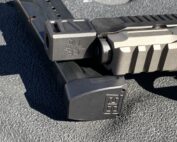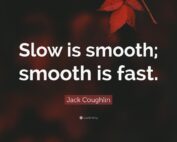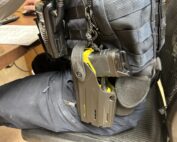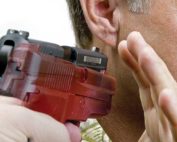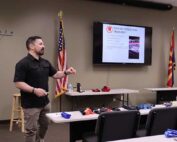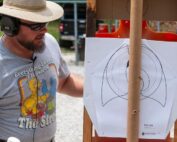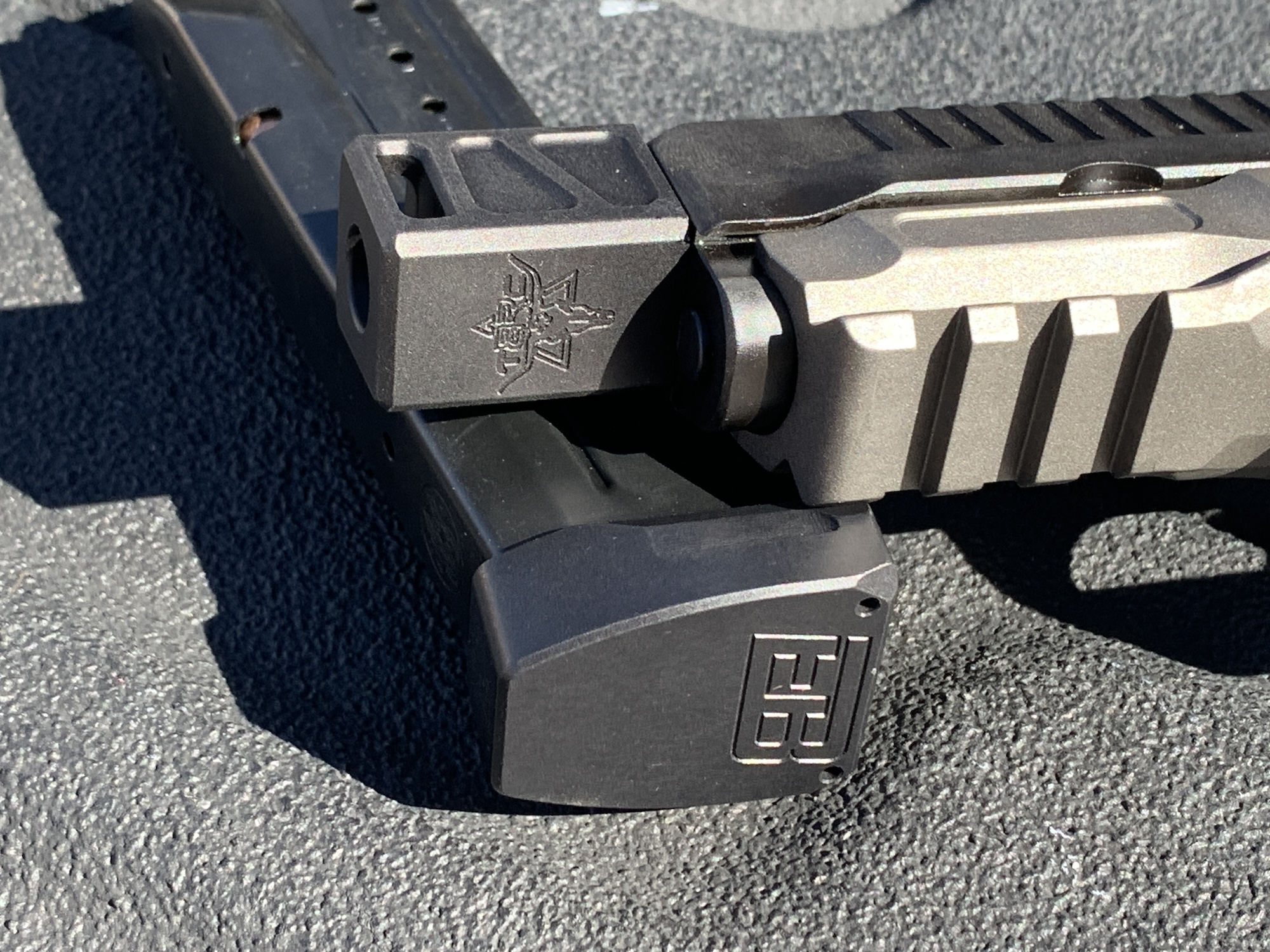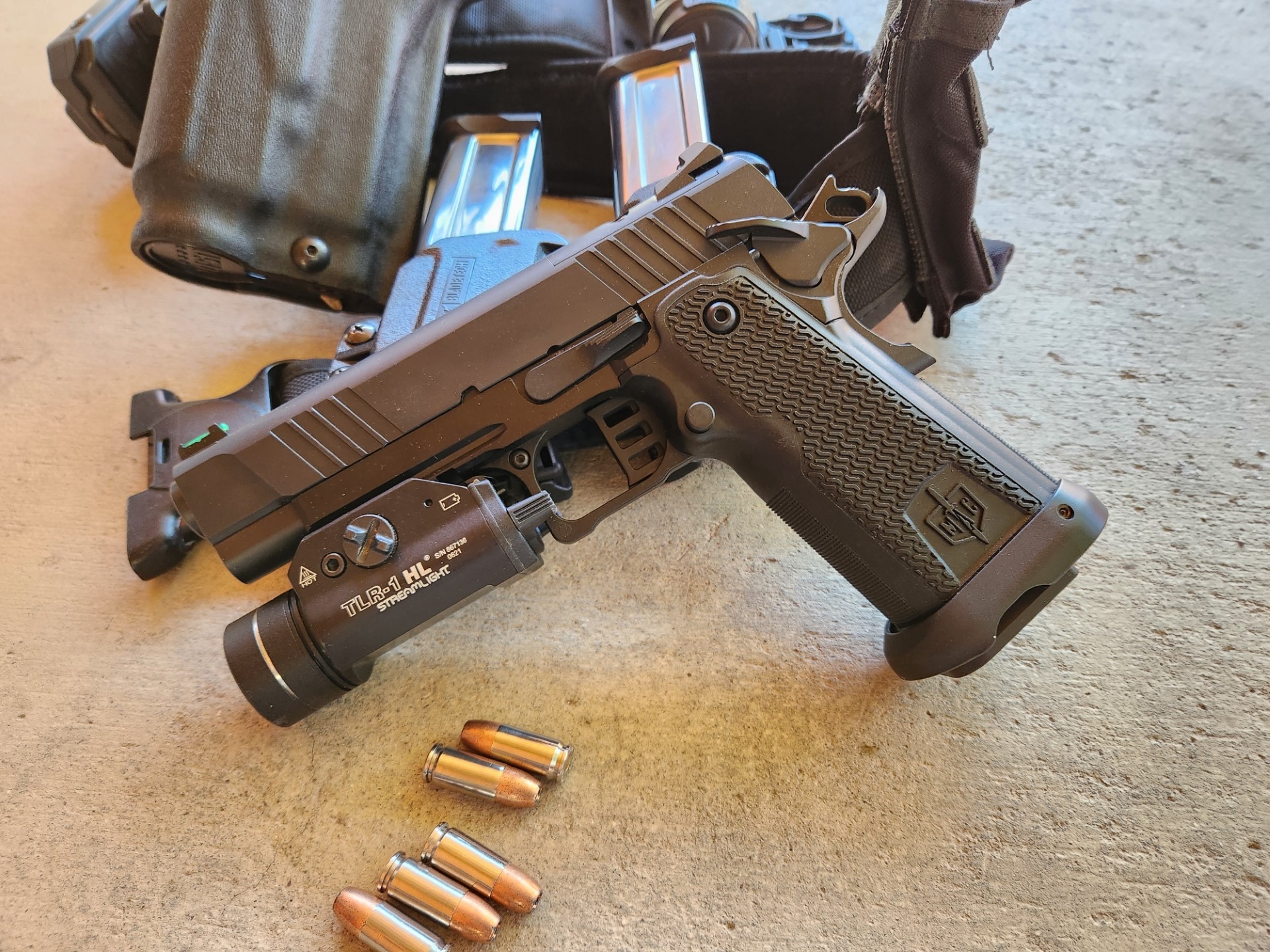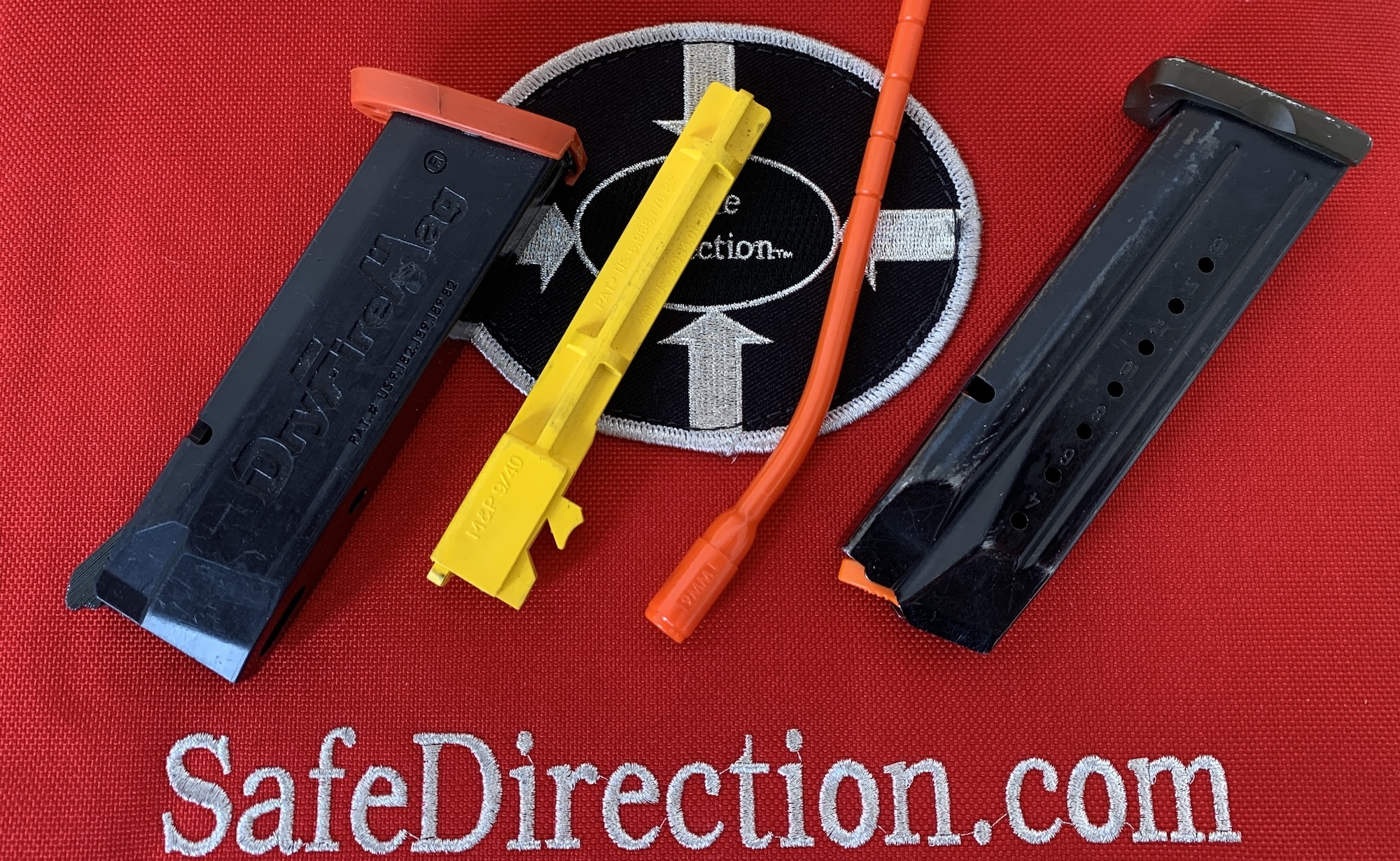
sw_guns
Smith & Wesson Redefines CCW With The X-Frame .500 S&W For Defense Against, Well… Anything
By Mark Hampton
Photos: Joseph R. Novelozo
A few short years ago one of my best friends and I were enjoying some incredible fishing on the Naknek River in Alaska. Those big king salmon could burn off line and give anglers some heart-pounding action. Steve, my fishing and deer hunting buddy and I were in the middle of some of the best fishing you could possibly find. There were only two annoying factors bothering us—black flies and brown bears.
We could deter the black flies with our cigars most of the time. The bears on the other hand were a different matter. Frequently bears would roam around camp so you had to constantly be on the lookout when cleaning fish or attending to other chores. We were continually looking over our shoulder when wading along a tributary dumping into the river. Tracks were everywhere and we weren’t the only ones fishing the area. We are headed back to Alaska this year, fishing the same waters as before, only this time I will be carrying a peace-of-mind insurance policy—the S&W 500.
At first glance, the .500 S&W Magnum appears to be a huge revolver cartridge—and it is compared to the popular .44 Mag and lesser rounds. The S&W 500 revolver based on the company’s massive X-Frame model is an impressive looking beast. At the shooting range, both revolver and cartridge are often perceived as mammoth big bores. But when you are close to a brown bear—especially a big brown bear—the cartridge doesn’t seem a bit too big at the moment! The one and only brown bear I’ve taken with a handgun squared an honest 9 feet, 10 inches with a skull measurement over 27. From 80-some yards I can honestly say he looked like a Volkswagen with a head—impressive and intimidating! The sheer size of some of these big bears will provide some perspective in relation to the cartridge. There is no such thing as being over-gunned.


With a barrel length of 3.5 inches, I immediately thought about recoil, and who in their right mind wouldn’t? I have some experience with the cartridge dating back to when it was first introduced by S&W back in 2003. After obtaining a license to hunt with the revolver in Zimbabwe, I took a dandy Cape buffalo using CorBon’s 440-grain hardcast offering. This was the only buffalo I have taken with one shot. The cartridge delivers a serious payload for any big or dangerous game. I hope a brown bear never gets me in a situation where I have to shoot, but I have confidence the .500 S&W Magnum would save the day if I hold up my end of the deal.
As it comes out of S&W’s production/custom shop, the Performance Center Model S&W 500 is a serious carry gun for circumstances mentioned above. This colossal X-Frame is all stainless steel with a brushed satin finish. My test gun came with HIVIZ green fiber optic front sight. The rear sight is solid black, adjustable and features a square notch.
The slab-sided 3.5-inch barrel has Performance Center inscribed on one side, .500 S&W Magnum on the other. A full-length underlug houses the cylinder ejector rod. The front of the trigger is smooth with an over-travel stop incorporated. My trigger broke smoothly at just less than 4 pounds in single-action mode and just shy of 9 pounds in double action. The tuned action is just what you would expect from the Performance Center. The large, wraparound Hogue rubber grip features finger grooves and provides a secure, comfortable hold.
An unfluted cylinder is home for 5 rounds of powerful .500 S&W Magnum. The cylinder is not counterbored. The revolver is easily cocked thanks to the large, serrated hammer spur. The revolver tips the scales a shade over 56 ounces when empty and the weight comes in handy when shooting high-octane loads. This Performance Center revolver is shipped with an attractive gun rug featuring gold embroidery.

The stubby 3.5-inch barrel (above) is covered with a shroud and locked firmly in place. The arrangement provides better accuracy—if you can stand behind it! A green fiber optic HI VIZ front sight (below) is mated to a square notch full adjustable S&W factory rear sight.


Hogue grips are standard. Even with all their cushioning, shooting full-power .500 S&W ammo from such a small gun is punishing.
Ammo Choices
Looking around the ammo bin I found some factory offerings from CorBon, DoubleTap, Buffalo Bore and Hornady in bullet weights ranging from 300 to 440 grainers. CorBon originally produced ammo when the big .50 caliber handgun hit the market and today offers several options including a 275-grain DPX, 325-grain Hunter A-Frame and a 440-grain hardcast. Hornady offers a 300-grain FTX and their 500-grain XTP. Both Buffalo Bore and DoubleTap provide some serious medicine capable of solving any problem.
I contacted my friend Chris Hodgdon and ask him for recommendations regarding a milder load for practice. I wanted a load to shoot at the range for practice without creating a ground tremor. Chris informed me, “On the .500 S&W we do show Trail Boss as a nice alternative for pleasant subsonic trigger time. Since this powder is extremely fast burning, we show only lead bullets as jacketed bullets would drive up pressures substantially. Trail Boss can’t be double charged because of its unique bulk density.”
After procuring some Trail Boss I got on the phone with Robin Sharpless of Redding Reloading. Robin suggested their Titanium Carbide set. With the help of quality Starline brass and Winchester LRM primers, I was ready to load some mild rounds for the mighty .50-caliber magnum. Chris Hodgdon also shared some data taken from a 10-inch barrel. With a 375-grain lead bullet, a starting load of 8 grains of Trail Boss yielded 764 fps and a maximum of 12 grains showed 926 fps. Moving up to a larger 440-grain lead bullet, a starting load of 7 grains revealed 643 fps and a maximum 10 grains showed 799 fps. With a shorter barrel obviously we would see decreased velocity in a pleasant shooting round. My friend Glenn Swaggart was kind enough to send me some cast bullets he received from Bryan Reece—a great guy who knows his stuff. I was now able to test Trail Boss with 400-grain cast bullets.
Sierra offers two cannelured bullets for the .500 S&W and I wanted to experiment with both. My good friend Carroll Pilant from Sierra provided their 350-grain JHP which was designed for expansion. He also sent some of Sierra’s 400-grain JSP bullets. These larger ones were made for deep penetration. I used Sierra loading data for their bullets which suggests Lil Gun to be a top choice for accuracy and hunting loads in both bullet weights. I didn’t have any Lil Gun on hand so I loaded the Sierra bullets with Accurate 9 and Alliant 2400.

The smoothed tuned trigger (above) has no external sharp corners either, thank heavens. The heavy, unfluted cylinder (below) holds 5 rounds of .500 S&W ammo.

At the range my friend John and I set up the Oehler 35P chronograph, then flipped a coin to see who would shoot first. John won the coin flip, so in reality, I won. I could detect John wasn’t looking forward to the unenviable task. To say factory loads were robust could be interpreted as an understatement. It was a handful to say the least. Our groups were not outstanding and I’ll freely admit we should have been able to do better. But this revolver was designed to keep you from being mauled, clawed, chewed-up and eaten—not to produce tiny bug-hole groups in paper. The big .500 S&W has a nice trigger with a smooth cycling action. The green fiber optic front sight made target acquisition quick and easy. And those rubber Hogue grips were an asset as well. The handloads with Sierra bullets were mild, comparatively speaking.
The 400-grain cast bullets from Bryan Reece with Trail Boss gave the gun a complete change in personality. This was a very mild, pleasant load as Chris Hodgdon said it would be. When shooting the big S&W .500 Mag, Trail Boss is my new friend. These loads provide enjoyable range time and groups tightened up significantly—imagivne that! Now we’re having fun!
When fishing in Alaska, carrying the large revolver will be important. Thanks to Diamond D Custom Leather and their Guide’s Choice Chest Holster, toting the large S&W will not be an issue. This well-designed chest rig allows the revolver to ride next to your chest with easy accessibility. The handmade leather was designed, tested and produced in Alaska by a company with first-hand experience fishing in streams shared with big bears. This simple, comfortable, easy-to-adjust holster adapts well whether you’re wearing a shirt, jacket, or fishing vest. The company offers other fine leather goods including their “Alaska Tough” leather belt. I had to get one of these double-lined belts (which are available in different widths and colors).
When we start fishing in Alaska this year, I’ll be anxious to get my line stretched by those big king salmon. My buddy and I both will be armed with cigars for those annoying black flies and mosquitoes. But if and when we run into brown bear problems, the S&W 500 will be resting in the Guide’s Choice Chest Holster with 5 rounds of insurance. It’s a revolver ideally suited for this very purpose. Truthfully, I hope we don’t see any bears. But I’ll be prepared if we do.


This 25-yard target was made shooting 400- and 410-grain cast bullets over Trail Boss powder. Trail Boss tamed recoil substantially and provided pleasant shooting of the big .500 powerhouse. Photo: Mark Hampton.


Diamond D Leather
504 W. Hjellen Dr.
Wasilla, AK 99654
(907) 631-4212
www.diamonddcustomleather.com
Redding Reloading
1089 Starr Rd.
Cortland, NY 13045
(607) 753-3331
redding-reloading.com
Reece Custom Casting
6477 S. County Rd. 875 E
Cambridge City, IN 47327
(765) 541-8584
Sierra Bullets
1400 West Henry St.
Sedalia, MO 65301
(888) 223-3006
www.sierrabullets.com

The Leupold LTO Thermal Imager can help hunters find game day or night.
Leupold LTO Tracker
By Mark Hampton
I’m the polar opposite of a gadget guy but occasionally something techy comes along and really catches my eye. Take the new Leupold LTO-Tracker for example, a really neat, practical device to make life easier for hunters.
This thermal optic tracker is very compact weighing less than 10 ounces and just 5.8 inches long. You can clearly see the heat signature of game up to 600 yards, day or night. This is not a night vision unit but senses heat so it works both night and day. The LTO-Tracker has 6 optional thermal palettes so you can adjust to whatever works best for your eyes—and the situation. You can cycle through the color palettes, red, green, white hot, black hot, black highlight and white highlight until you find what best fits. It can detect and display temperatures as low as -40 degrees Fahrenheit. This unit features a beneficial 21-degree field of view. The control reticle allows for quick on-target acquisition. If extreme conditions are encountered, no worries, the LTO-Tracker performs in temperatures from -4 to 140 degrees F.
The unit itself is built like a tank, rugged and waterproof. I was impressed at the crisp image quality thanks to the 30HZ refresh rate while viewing horses and cows behind my house. It was pitch black and you could see the thermal images clearly. With a continuous 6X zoom, I could determine the heat signature from well over 300 yards. This unit will not only help hunters recover downed game, but it will detect blood as well. Now it makes finding a blood trail easier and increases the odds of recovering game. I like it!
I’ve been using Leupold scopes most of my life. They offer superb optical quality. Now I’ll add the LTO-Tracker in my backpack. It will never be noticed—until I need it.
LTO
Maker: Leupold & Stevens
14400 Northwest Greenbriar Parkway
Beaverton, OR 97006
(503) 646-9171
Thermal Sensor: 206 x 156
Operating Temp: -4F to 140F
Temperature Detection Range: -40F to 572F
Fixed Focus 6X Digital Zoom
Display Resolution: 240 x 204 pixels
Startup Time: < 3 seconds
Detection Distance: 600 yards
Battery: CR123
Run Time: 10 hours continuous
Price: $909.00

A big gun deserves a honkin’ big knife, and the classic Buck 119 has been in such a role in sport and war since WWII.
Buck 119
By Pat Covert
Buck Knives is an icon of American cutlery lore dating all the way back to 1902 when Hoyt Buck made his first knife out of a simple file blade. The first production knives for the company were fixed-blade hunting knives, the forbearers of the Buck 119 model gracing these photos. Although much of Buck Knives’ fame has centered around the 110 Folding Hunter—and rightfully so—the 119 is a worthy legend in its own right.
During WWII Hoyt Buck donated many of his “hunting knives” (which very much resembled the 119 we know today) to US troops in battle around the world. After the war he and son Al moved from Idaho to San Diego, California, and formed H.H. Buck & Son. Soon after, the Bucks were producing a nice selection of fixed-blade knives including their flagship 119 and it has endured to this day—not only serving many a hunter but troops as well, particularly during the Viet Nam War.
The Buck 119 here is the 75th Anniversary 119 Special which sports the classic 6-inch upswept clip-point blade of the original done up in 420HC stainless steel—a longtime Buck standard. Like the original, the blade has a Fuller groove for added strength (these are often referred to as “blood grooves” but serve no such purpose).
The 119 Special is available in two models. The one shown here features an aluminum guard/buttcap with a black phenolic handle. A more upscale model with brass furnishings and Cocobolo wood handle is also offered. A 75th Anniversary medallion graces the handle of each. Retail for the 119 Special is $96 (aluminum) and $136 (brass). The Buck 119 is not only the effective workhorse it has always been—it’s a chance to hold 75 years of history in your hand!
Buck Knives
660 S. Lochsa Street
Post Falls, ID 83854
(800) 326-2825

